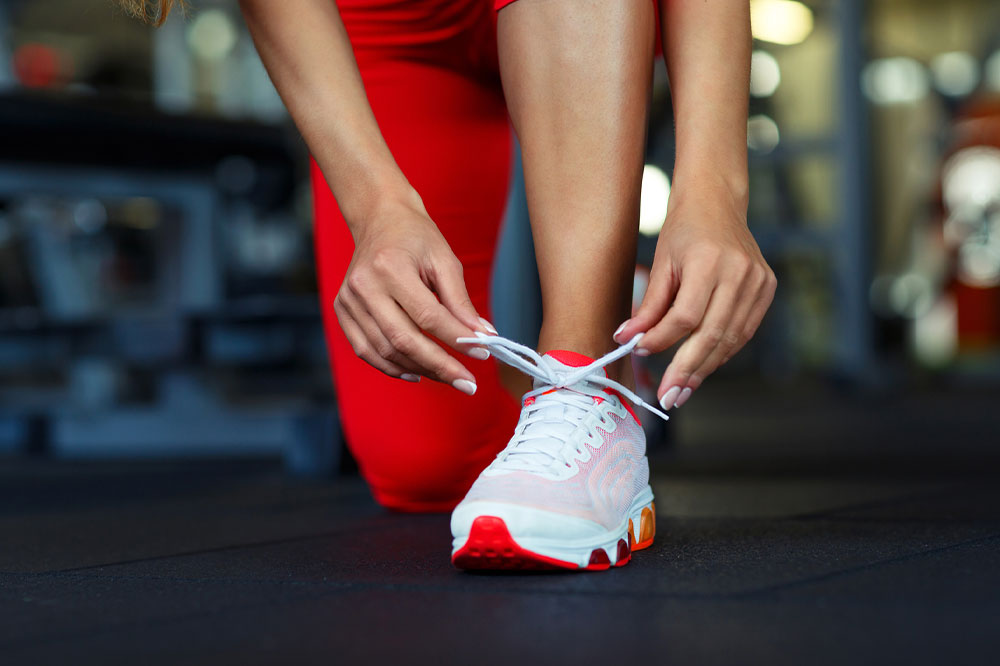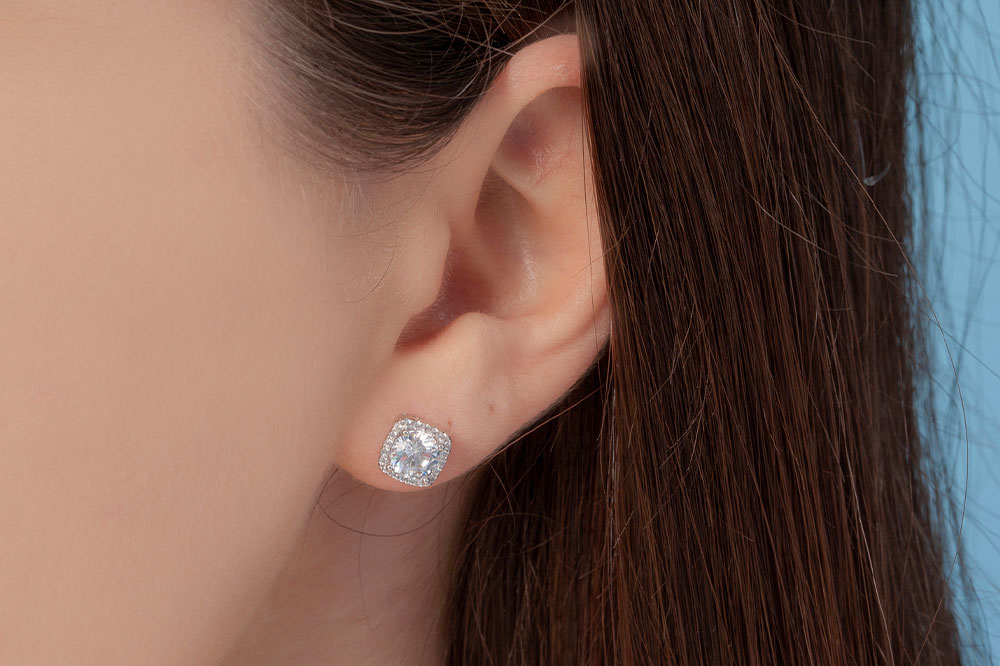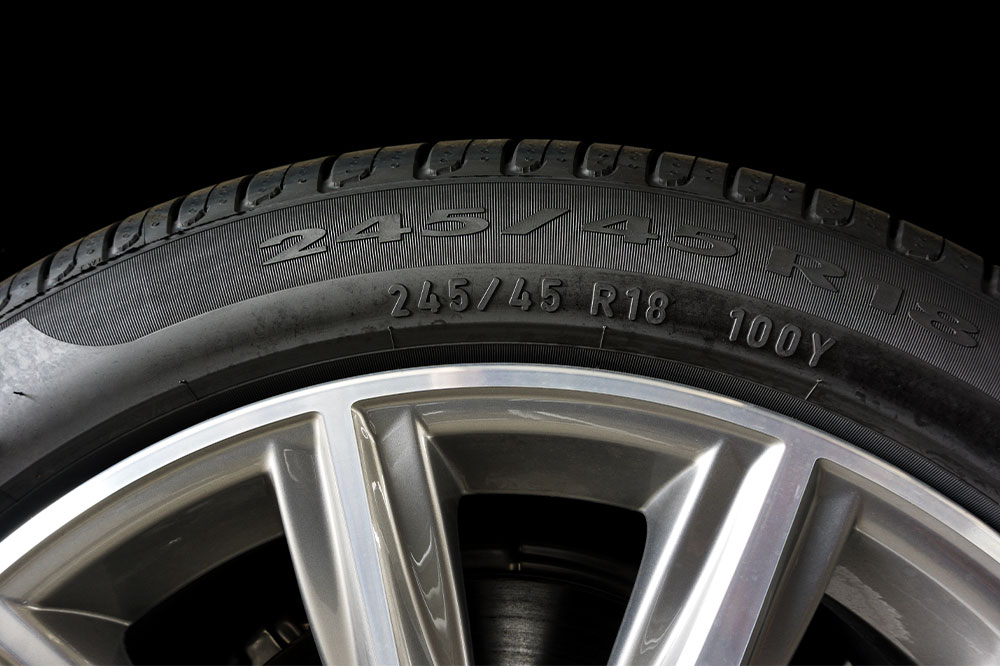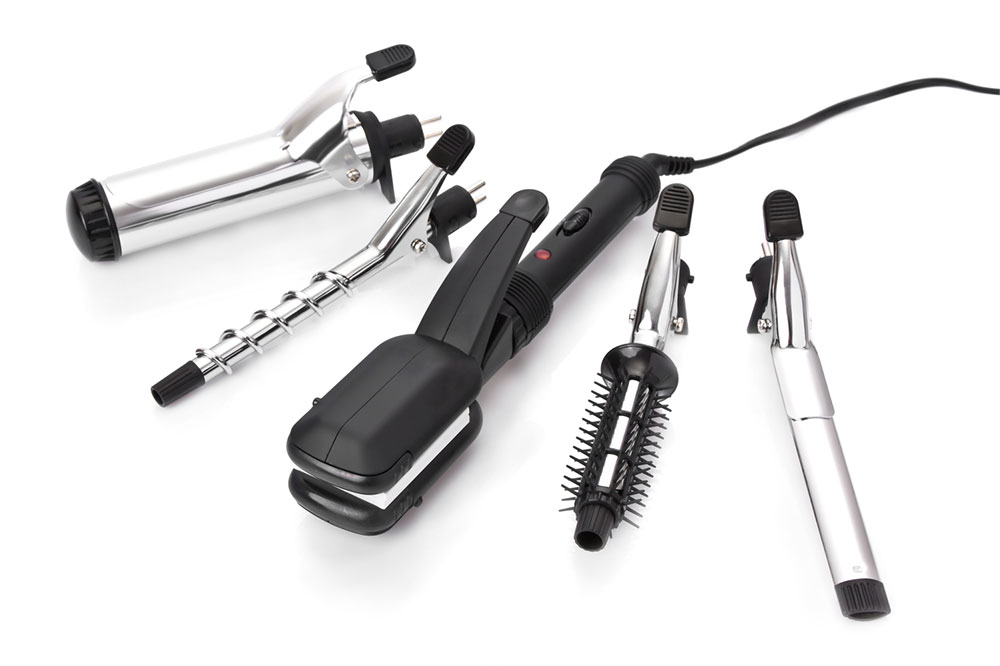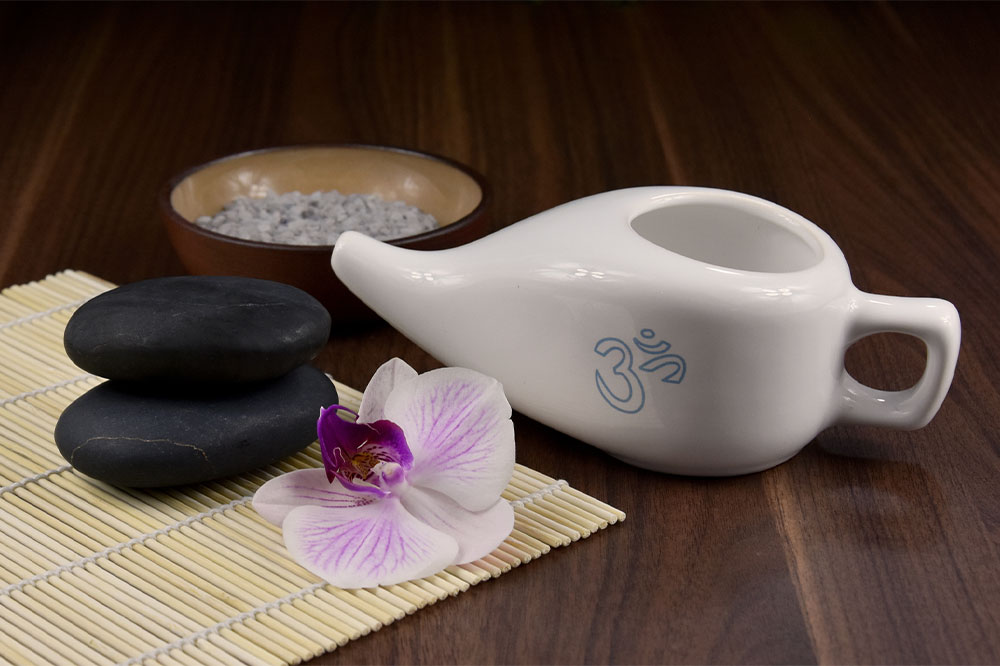10 silent signs of lymphoma

Lymphoma is a type of cancer that begins in the cells of the lymphatic system, which is responsible for producing and utilizing white blood cells to protect the body against infections. There are two main types of lymphomas—Hodgkin’s lymphoma and non-Hodgkin’s lymphoma. The symptoms of both these conditions can be vague and vary greatly from person to person. Nevertheless, here are a few silent signs of lymphoma one should recognize:
1. Swollen lymph nodes
Lymphoma mainly affects the lymphocytes, i.e., the white blood cells in the bone marrow and lymph nodes—parts of the immune system located in the neck, groin, armpit, and spleen areas. The growth of cancer can cause the lymph nodes to swell or become enlarged. So, one can feel lumps under the skin that may not cause pain or discomfort in most cases.
2. Pain
The initial stages of lymphoma are often painless. However, as the condition progresses, some may experience severe pain in certain parts of the body. This symptom generally develops when lymphoma has affected one or more organs. To rule out any serious disease or illness, any unexplained pain lasting longer than 4 days must prompt one to consult a medical professional for a thorough examination.
3. Fever
Fever usually indicates the activation of the body’s immune system. However, fevers developing for no apparent reason may be a silent sign of lymphoma. So, one should speak to a healthcare provider to understand the main cause of the problem.
4. Lack of appetite
Loss of appetite can also be a silent sign of lymphoma. This may develop in two ways—not feeling hungry or getting full too quickly. The change in appetite may be accompanied by bloating, nausea, vomiting, or abdominal pain. Such symptoms generally occur when lymphoma develops in the abdomen or in the lymphatic tissue in the liver or spleen.
5. Excessive sweating
Lymphoma can also cause hyperhidrosis or excessive sweating. Often, the symptom worsens at night (called night sweats), making one wake up in the middle of the night drenched in sweat. Experts believe that this symptom is a result of increased immune system activity in the body.
6. Fatigue
As the cancer grows or spreads, one may experience fatigue or weakness. Cancer cells drain the body’s nutrients, causing a lot of tiredness. This fatigue could also stem from anemia—a lack of red blood cells (RBCs) that carry oxygen in the body. Anemia is associated with lymphoma as this type of cancer can lead to an overproduction of lymphocytes, leaving the bone marrow little room to produce other healthy cells including RBCs.
7. Skin irritation
As cancer cells multiply in the body, they secrete chemical byproducts that cause acne-like clusters called papules, which can cause skin itching, irritation, or inflammation. So, one may experience itchy patches of skin near affected lymph nodes, lower legs, or the entire body. One of the most noticeable features of this symptom is that the itch never has an apparent underlying cause and is not accompanied by a rash. One should consult a doctor if the irritation begins to affect the entire body or lasts for over two weeks.
8. Shortness of breath
Breathlessness is another common silent sign associated with lymphoma. Swollen lymph nodes can affect the respiratory system, reducing the ability to draw a full breath. As a result, those with lymphoma may feel out of breath even after engaging in a relaxing activity such as watching television. Other symptoms may also include sharp, recurrent chest pain and chronic cough.
9. Headaches
Lymphoma cells growing in the brain (primary brain lymphoma) can also trigger severe headaches. While they may seem minor at first, they can worsen with time. The aches develop due to the pressure of cancer cells on the brain. According to the American Cancer Society, other symptoms associated with primary brain lymphoma are trouble thinking, weakness in some parts of the body, personality changes, and seizures.
10. Easy bruising and bleeding
Recurring bleeding episodes such as unexplained nosebleeds and heavy menstrual bleeding may also be early warning signs of lymphoma. Here, as the body is unable to produce or sustain healthy blood cells due to the cancerous growth of lymphocytes, one may not have enough platelets, interfering with the blood’s clotting function and increasing the risk of heavy bleeding.

